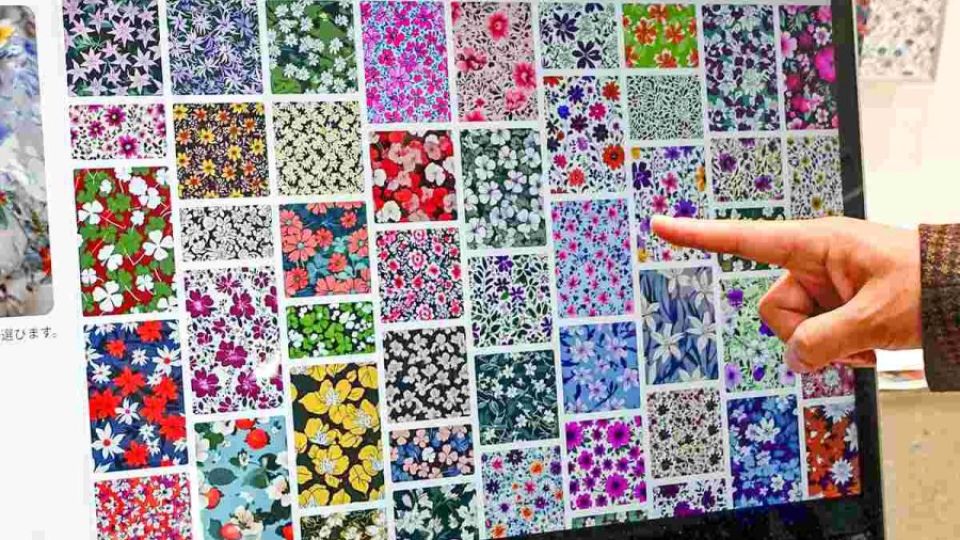February 17, 2025
TOKYO – With the widespread use of generative artificial intelligence in the fashion industry, AI is being incorporated into the latest styles on the runway at fashion shows and used to create clothes for general distribution.
However, several issues still need to be addressed, as there are no national or industry guidelines to prevent counterfeiting and design theft.
A white jumpsuit with a design like race suit from the Japanese brand Yoshiokubo’s Spring/Summer 2025 season was shown at the Tokyo Collections in September 2024. The jumpsuit’s pattern was created with generative AI.
Designer Yoshio Kubo, 50, has been using generative AI for two seasons in a row.

Designer Yoshio Kubo, 50, has been using generative AI for two seasons in a row. PHOTO: THE YOMIURI SHIMBUN
Kubo decided to use generative AI because he thought it would be interesting to design clothes using the latest technology. However, he always makes changes and adds his own touches to the AI’s suggestions to make them more original.
For the Autumn/Winter 2024 collection, Kubo instructed AI to create a pattern of balloons. Then he added shading to the balloons to make it appear as if they were 3D.
“The designer has to have an image of what the finished product will look like,” he said.
Generative AI, which is becoming more commonly used in various fields, is being used in the fashion industry not only for such tasks as writing promotional material for social media but also for creating designs.
Maison AI, a text and image generative AI tool that is specially designed for the fashion industry, creates patterns, designs and models according to a user’s selections and instructions.
OpenFashion, the Tokyo-based company that developed Maison AI, launched a competition in 2024, and the winners, announced in November, showed works that looked very realistic, even though the models and background images were created by AI.
The use of AI is not limited to fashion shows and competitions. According to Toyoshima & Co., Ltd., a major Nagoya-based textile trading company, its self-developed “Virtual Standard AI-Pattern” system unveiled in January 2024 has already been used by a major apparel company for the development of new products.
With the system, if a user selects “flower pattern” from the 10 templates and selects the keyword “fresh,” for example, the AI will suggest about 100 different patterns in 1 to 2 seconds. Editing the images is also simple.
“The creators were able to halve the time it took to repeatedly make revisions according to the client’s requests,” said Satoshi Kato, who is in charge of design planning at the company. “This led to an improvement in quality.”
In 2024, the Economy, Trade and Industry Ministry created guidelines for content industries such as gaming, anime and advertising, providing examples of how to use generative AI and explaining what legal measures to take.
However, there are no such guidelines for the fashion industry. Manufacturers in the fashion industry and brand name companies have to make their own decisions.
“The introduction of generative AI has the potential to create an unprecedented view of the world, but it also threatens to weaken human creativity,” said Hiroshi Komoda, secretary general of Japan Fashion Week Organization, a general incorporated association.
Even before AI, counterfeiting and design theft have been problems in the industry, as have the measures to combat them.
“We would like to deepen necessary discussions while keeping a close eye on trends overseas,” Komoda said.


